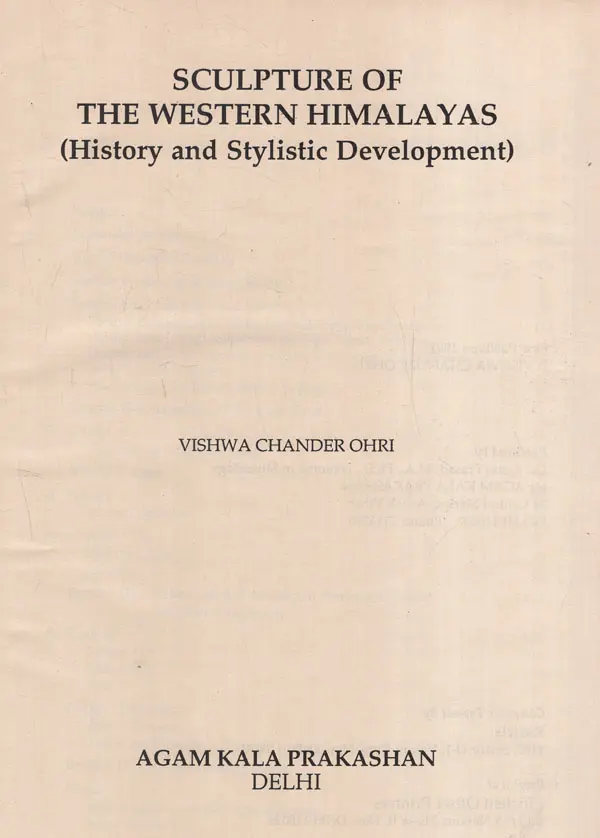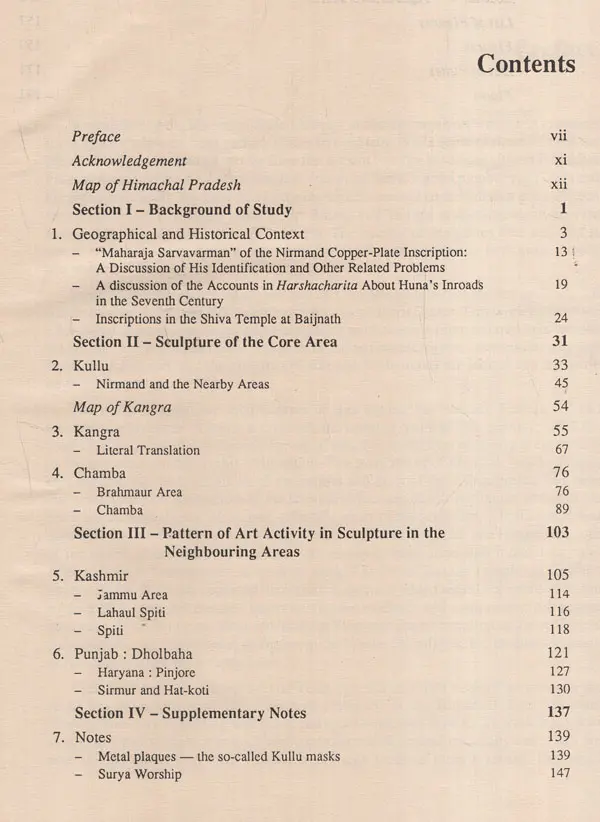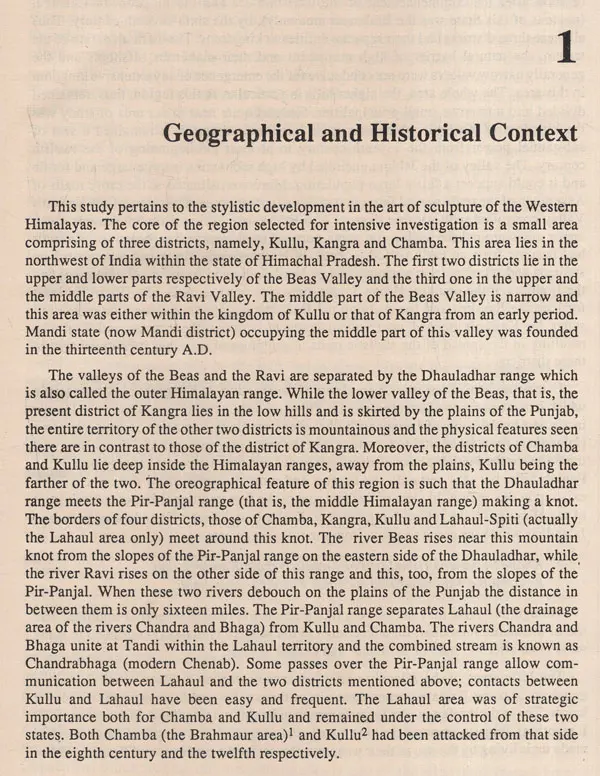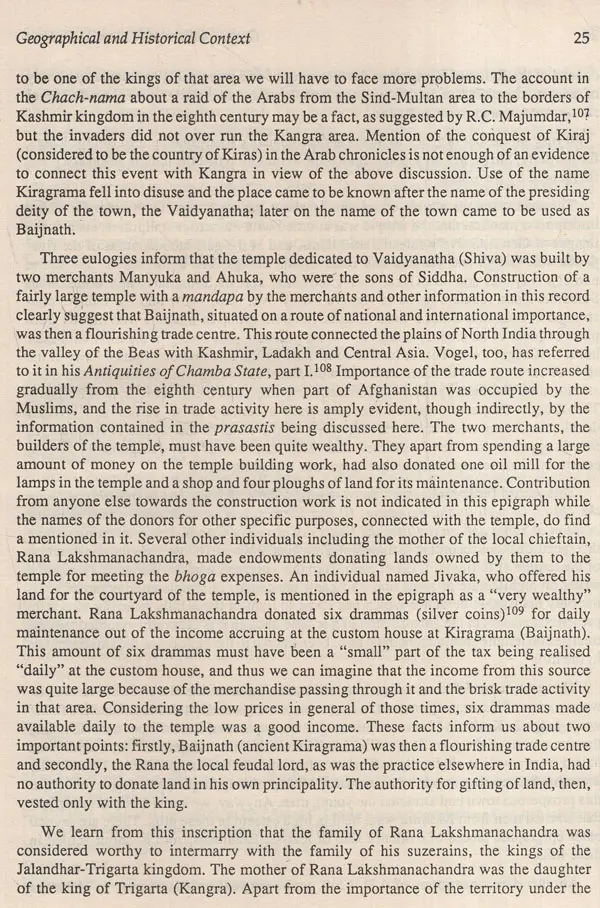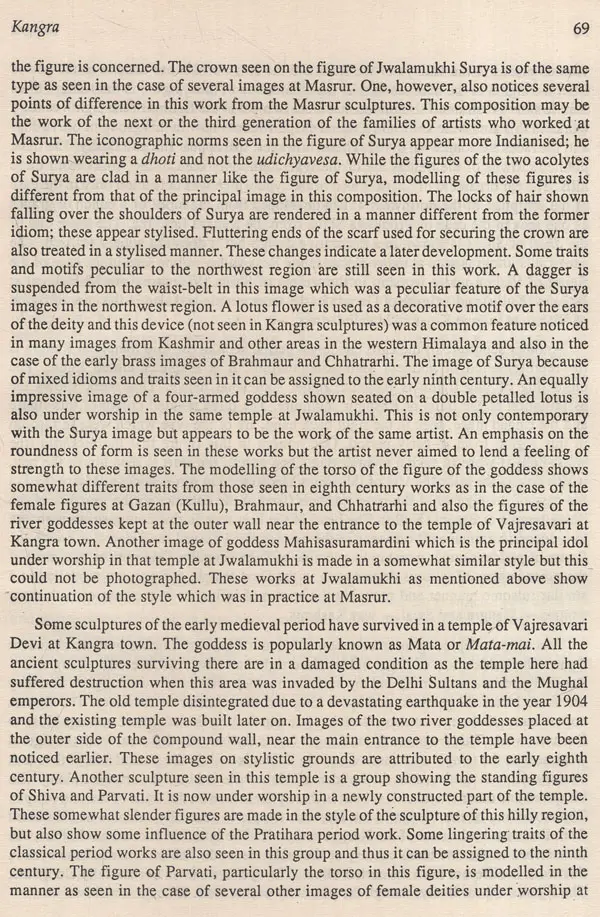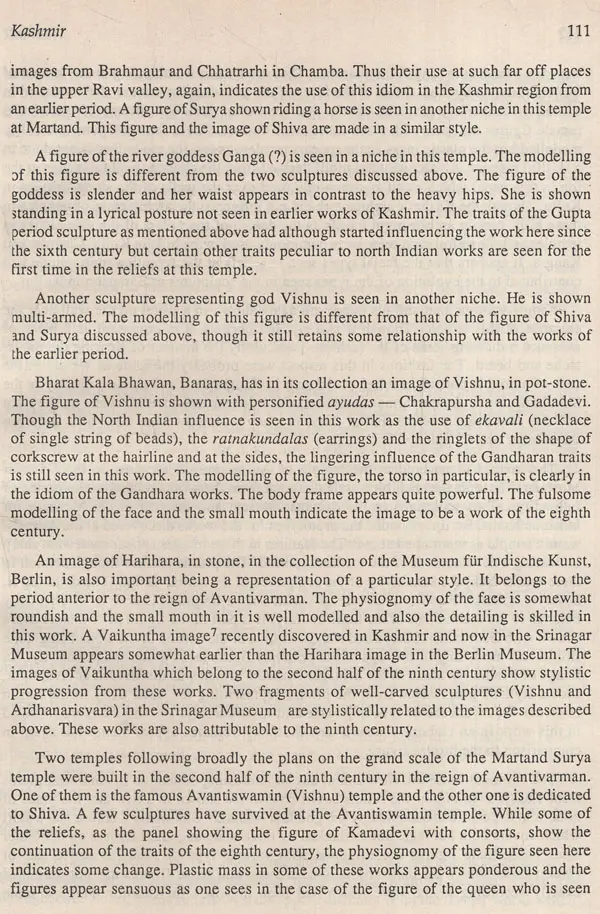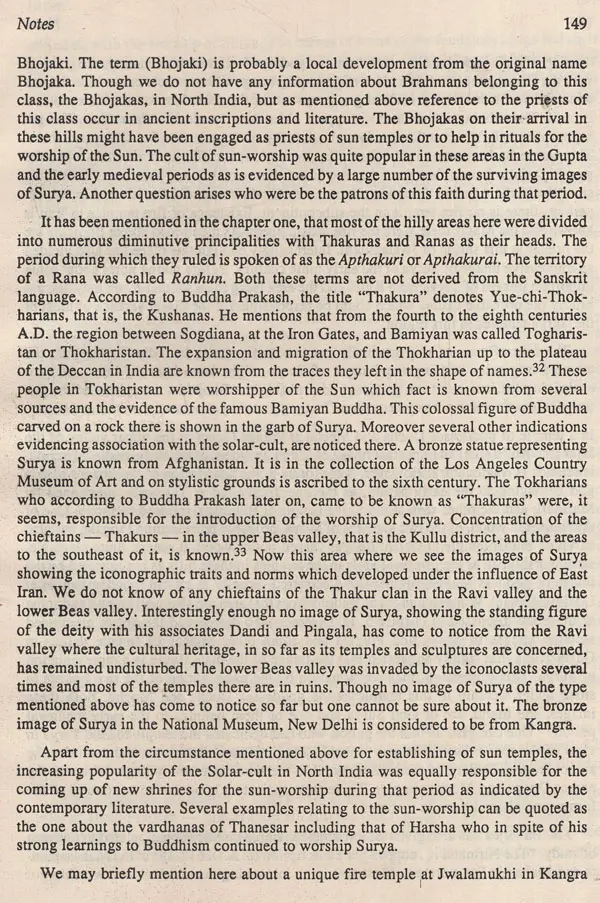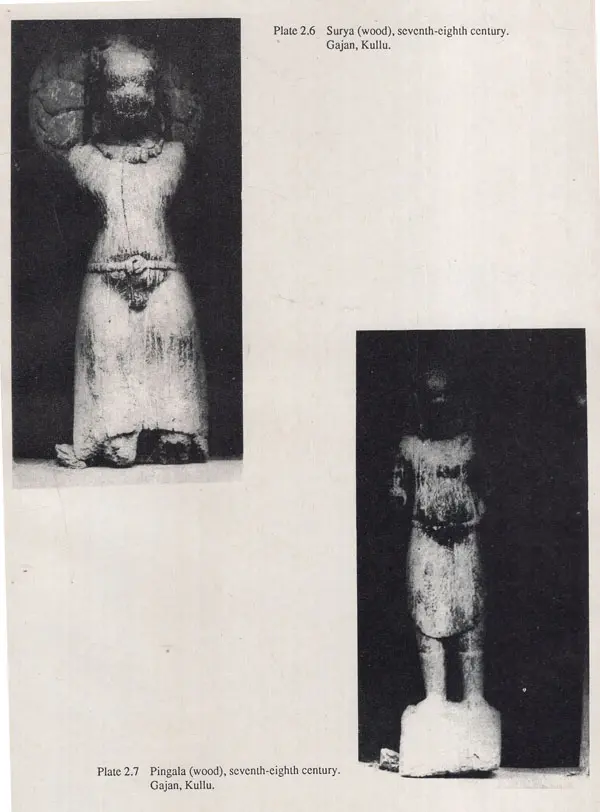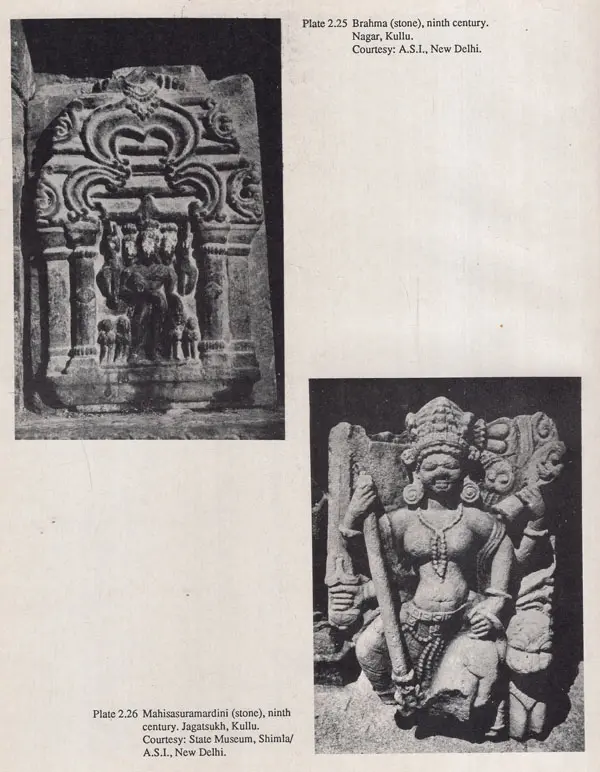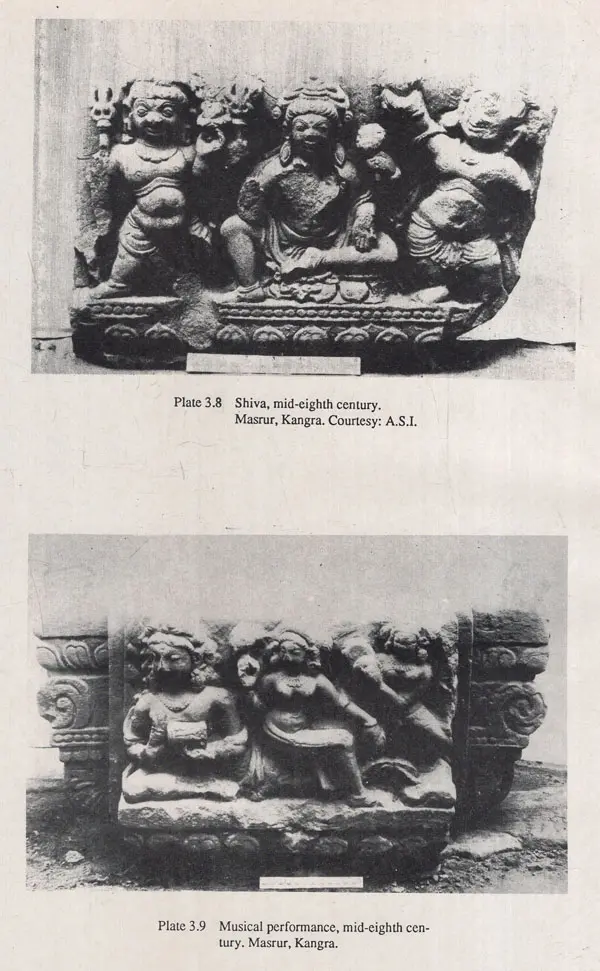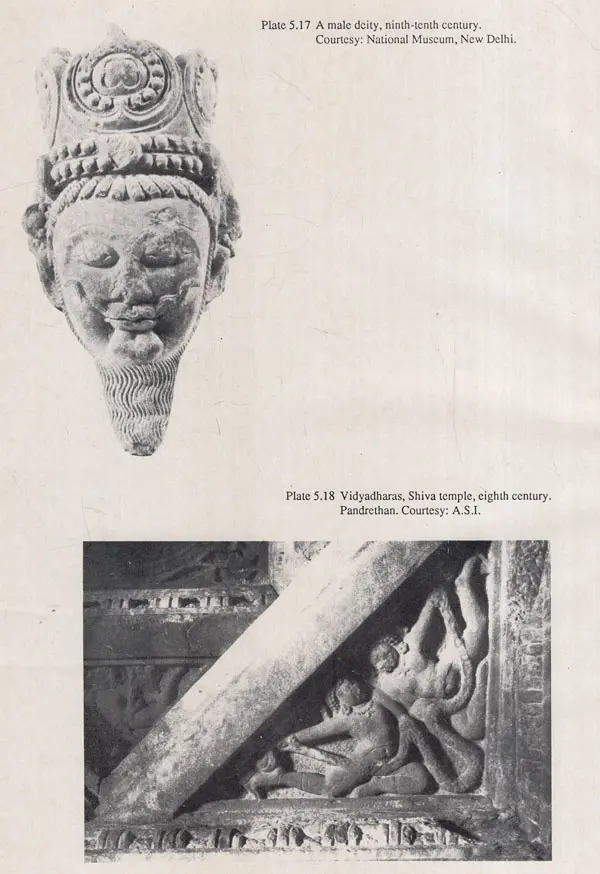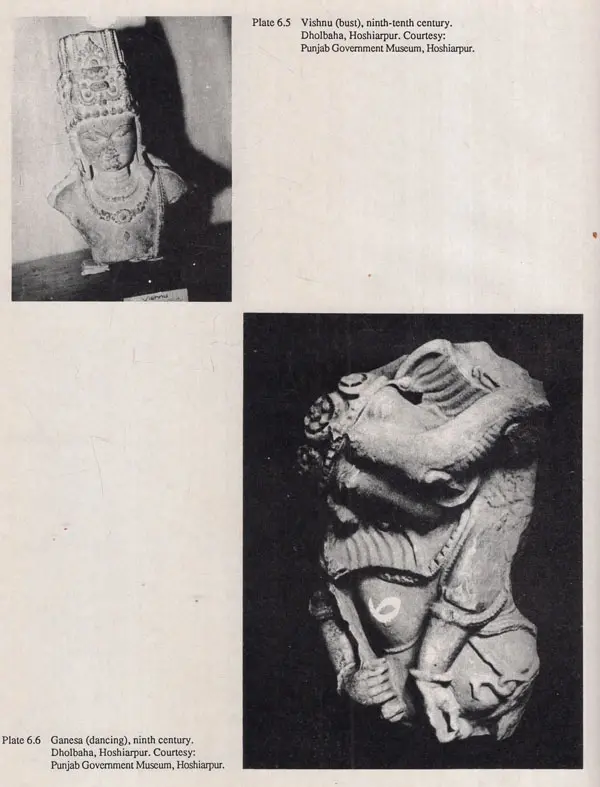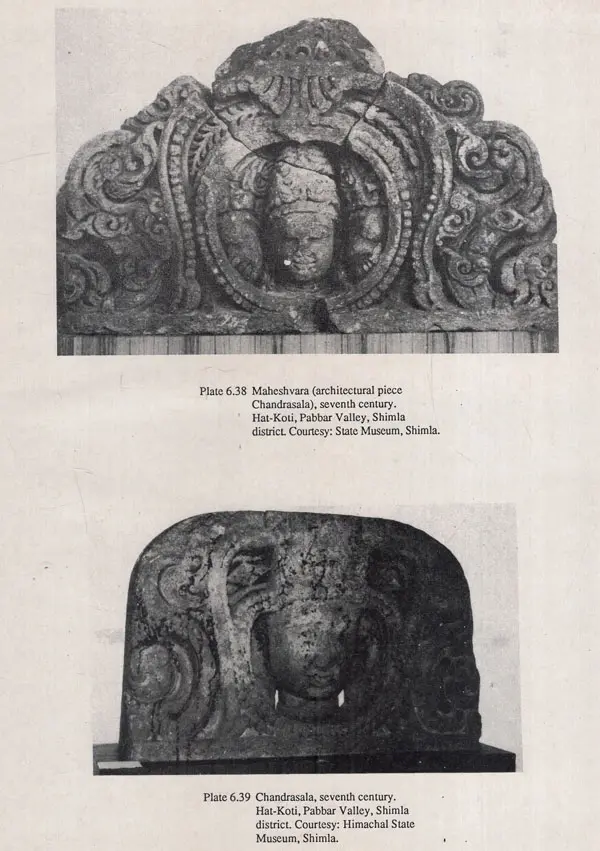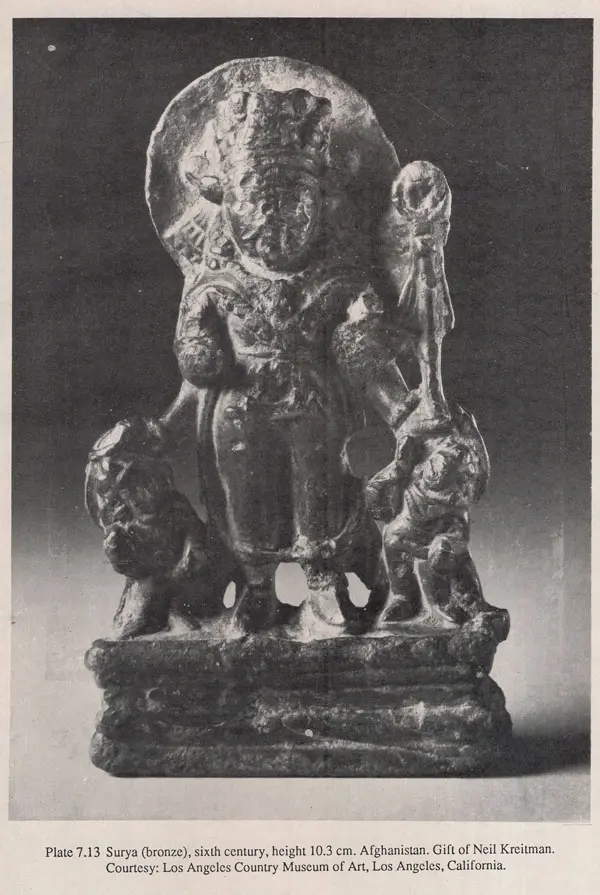
Sculpture of Western Himalayas (An Old & Rare Book)
Book Specification
| Item Code: | UAP708 |
| Author: | Dr. V. C. Ohri |
| Publisher: | Agam Kala Prakashan, Delhi |
| Language: | English |
| Edition: | 1991 |
| Pages: | 320 |
| Cover: | HARDCOVER |
| Other Details | 11.50 X 9.00 inch |
| Weight | 1.27 kg |
Book Description
The author also discusses in some detail the sculpture of the neighbouring areas, Kashmir, Punjab, Haryana and the south-eastern parts of Himachal Pradesh including the hills of Uttar Pradesh, for tracing the stylistic development of the sculpture of the Western Himalayas. These additions have made the study more comprehensive and useful. Till now victually nothing is known about this art in respect of the Punjab and much less has been written about other areas except Kashmir.
Discussion of the historical context of this art is also done with some detail and what is more important in this regard is the fact that certain unresolved problems relating to the history of the post-Gupta period of north India are dis cussed and some suggestions are offered. The matter discussed appears to be important for the development of the art of sculpture in the Western Himalayas. The book also draws attention to the role of the trade routes for the extension of the traits of the sculpture of north India to the Western Himalayas. Some of the important routes are also described in it.
It is hoped that this book would provide a deeper insight into this relatively uncovered area, sculpture of the Western Himalayas.
Dr. Ohri has travelled extensively in India and also participated in an interna tional seminar on Pahari painting, held at Los Angeles. He travelled as follow of the JRD III Fund and on a grant awarded by the Indian Council for Cultural Relations for seeing several museums in U.S.A. and Europe.
Some of the sculptures which had reached the Museum before the Art of Himachal was published in the year 1975 were reported in it with brief notes. This work had evoked a good deal of interest amongst scholars and this publication is often referred to in various studies on certain themes on the sculpture of the northwest region. Thes reason why this small work had received the attention of scholars is obviously the lack of any literature on this subject.
The sculptures and the mounuments of this region, the Western Himalayas, had received the attention of some scholars in the opening years of this century; Dr. J.Ph. Vogel had undertaken a systematic survey of this region. He has rendered a great service to the historical studies of this hilly region. The main thrust of his work was to collect, edit and publish the inscriptions of this region and most of these inscriptions had been discovered by him. References to the sculptures/bronzes of this region occurring in his work are incidental only. Moreover, scientific study of the sculpture of India had at that time only just started. The work of some other scholars in this field, like Hargreaves, was of the nature of documentation which had, however, been done with meticulous care. After as long as four decades, a valuable work, The Early Wooden Temples of Chamba written by Dr. H. Goetz appeared. In certain respects, it added useful information on the subject. However, his theories based on slender evidence and even conjecture appear untenable. In recent years, other publications have also drawn attention to the sculptures and antiquities of this interesting region in the Wester Himalayas, but no detailed study of its sculpture had been carried out.
I felt drawn to this subject several years ago and had then decided to write on the small but quite important hill sculptures preserved in the Himachal State Museum, Shimla. Though a beginning was made, not much work was done as the work was not as simple as I had thought it to be. I was confronted with several questions and it was not easy to find answers to them without a thorough study of more material. This small collection in the Shimla Museum exhibits a variety of styles and a few of them appeared enigmatic because traits of different styles peculiar to the centres of sculptures situated quite far off, are noticed in those works. Some of these sculptures are also touched with certain alien motifs. It was thus felt necessary to trace the sources of influence which had shaped the development of the art activity in this field in the Western Himalyas. Moreover, in a discussion of this kind, details indicating the historical context were also essential. To take up an investigation of all the related facts, study of other works, whether under worship or in temples or preserved in various collections, was necessary. I had to defer this study till my retirement from the museum service. The authorites of the Indian Council of Historical Research had kindly sanctioned a fellowship which enabled me to take up an extensive study of the sculptures of a small area comrprising of three districts: Kullu, Kangra and Chamba. The stylistic trends in practice in a vast area surrounding these three districts had to be investigated for tracingm the affinites and the direction through which these traits had travelled.
**Contents and Sample Pages**
